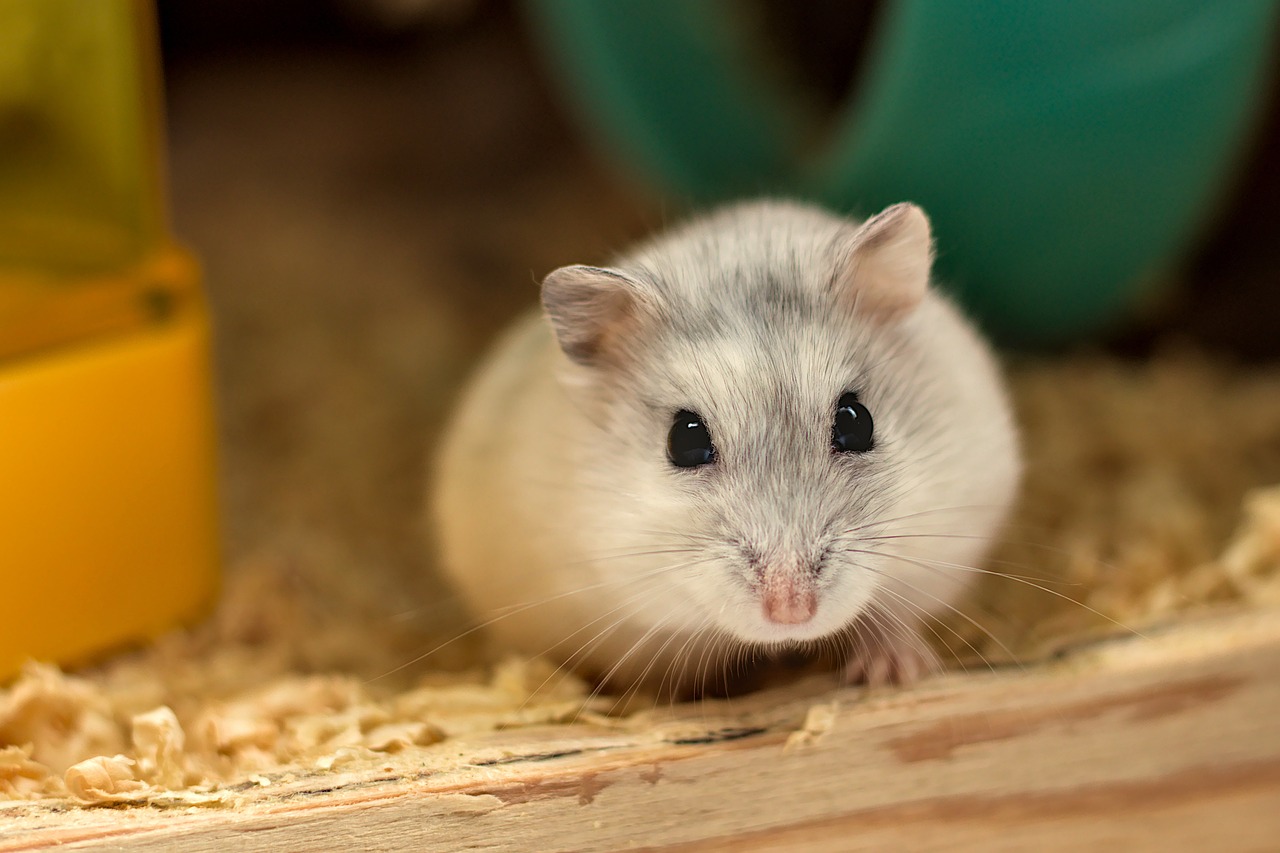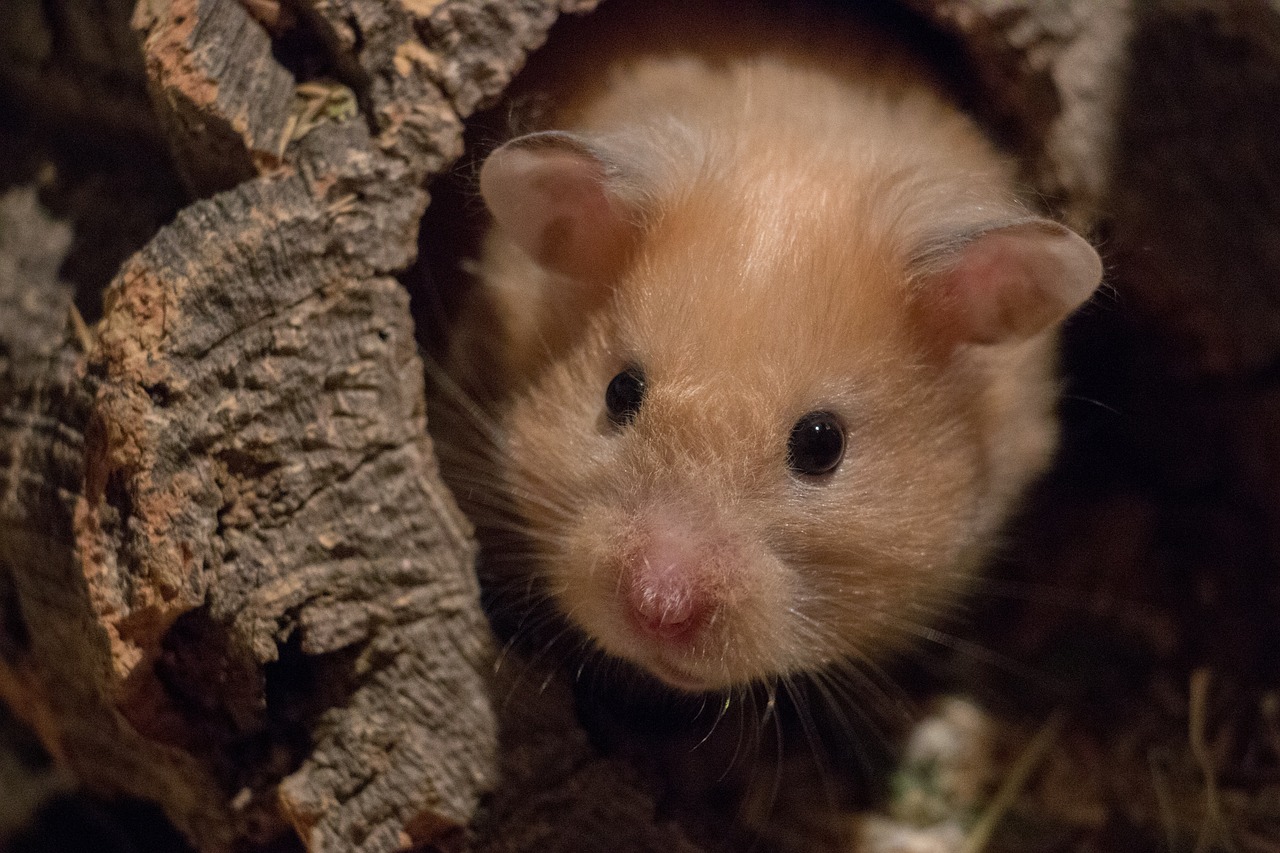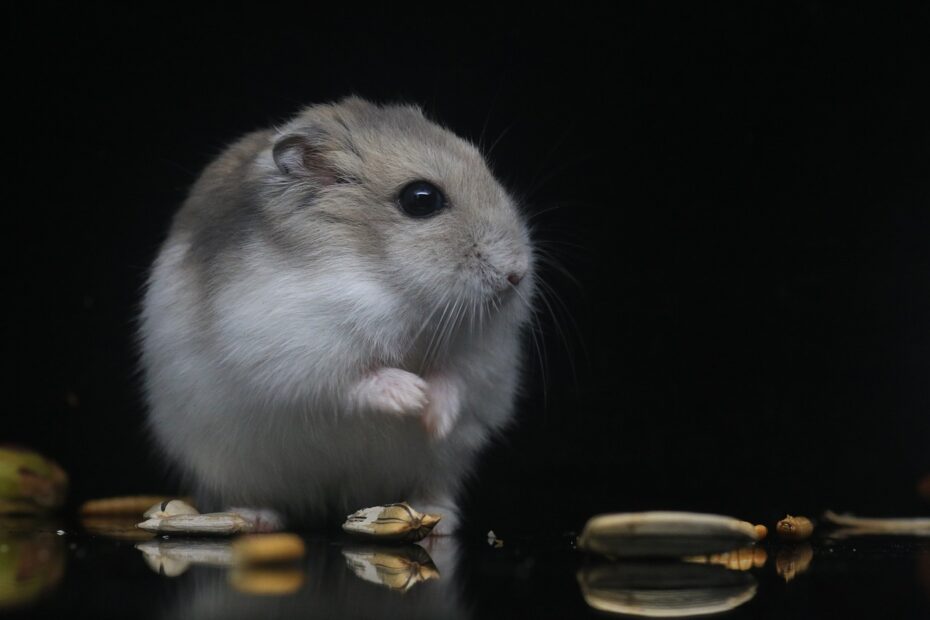Hamsters are delightful small pets that bring joy to many households. These tiny creatures have a unique way of communicating with their owners and each other. While hamsters use a combination of body language, scent, and noises to express themselves, it’s the adorable sounds they make that often captivate our hearts.
In this article, we will explore the different hamster noises they produce, decode their meanings, and deepen our understanding of these charming furry companions.
You may also want to know to make the perfect hamster hide.
Types of Hamster Noises
Hamsters vocalize using a variety of sounds, each with its distinct purpose. Common hamster noises include squeaking and chirping, which are usually associated with happiness and excitement. On the other hand, purring and whining might signify contentment or distress, depending on the context. Hissing and growling, although less frequent, can indicate territorial behavior or fear.

Interpreting Hamster Noises
Understanding what your hamster is trying to communicate is crucial for building a strong bond with your pet. Happy sounds, such as chirping and purring, are signs of contentment and comfort. Distress signals, like high-pitched squeaks or whining, indicate that your hamster might be feeling anxious or uncomfortable. Territorial hamsters might express themselves through hissing or growling, especially during interactions with other pets or new environments.
Factors Influencing Hamster Noises
Several factors can influence the vocalizations of your hamster. The time of day and their activity level can impact the frequency and intensity of their sounds. Interaction with humans and other pets may also trigger specific noises, reflecting different emotions. Environmental factors, such as changes in their cage setup or introducing new toys, can also lead to varying vocalizations.
The Role of Body Language
Hamsters not only make noises but also use body language to convey their feelings. By observing their postures and movements in conjunction with their vocalizations, you can gain deeper insights into what your hamster is trying to tell you. Combining vocalizations with gestures like grooming or stretching can provide valuable context for interpreting their messages.
Building Trust through Communication
Responding appropriately to your hamster’s noises can strengthen the bond between you and your pet. Engaging with them through gentle interaction and providing a safe and comfortable environment will encourage them to communicate more openly with you. Building trust and mutual understanding can lead to a happy and content hamster.

Common Misinterpretations
It’s essential to avoid misinterpreting your hamster’s noises, as it can lead to misunderstandings. For example, hissing might be misunderstood as aggression, when in fact, it could be a sign of fear or discomfort. Additionally, different hamster breeds might have their unique ways of communicating, so familiarizing yourself with your specific breed is essential.
Addressing Abnormal Noises
While most hamster noises are normal, certain sounds might indicate underlying health issues. If you notice unusual or persistent vocalizations accompanied by other concerning signs, such as lethargy or loss of appetite, it’s crucial to seek veterinary care promptly. Your veterinarian can help determine if there’s a health concern that needs attention.
The Joy of Hamster Sounds
Hamster noises add a whole new dimension of joy to the pet-owner relationship. The sweet chirping when they explore their surroundings or the gentle purring while being petted creates heartwarming moments that strengthen the emotional connection between you and your furry friend. Embrace the diversity of hamster communication and enjoy the delightful symphony of sounds they bring to your home.
FAQs About Hamster Noises
- Why is my hamster chirping during the day? Daytime chirping is often a sign of excitement or happiness in hamsters. They might be expressing their contentment with their environment or your presence.
- What does it mean when my hamster purrs while being petted? Purring while being petted usually indicates that your hamster is enjoying the interaction and finds the touch comforting.
- Should I be concerned if my hamster hisses at me? Hissing is typically a defensive behavior and may indicate that your hamster feels threatened or scared. Give them some space and approach them gently and calmly.
- How can I encourage my hamster to make more vocalizations? Providing a comfortable and enriched environment can encourage hamsters to be more vocal. Play with them, offer new toys, and spend quality time interacting with your pet.
- Is it normal for hamsters to make noise while sleeping? Some hamsters may make soft noises while sleeping, which is generally normal. They might be dreaming or experiencing mild movements during their sleep.
Conclusion
Understanding hamster noises is like unlocking a secret language that allows you to communicate with your pet on a deeper level. By recognizing the different types of vocalizations and their meanings, you can respond appropriately to your hamster’s emotions and needs. Building trust and providing a loving environment will encourage your furry friend to express themselves freely, enriching your relationship and creating heartwarming moments for years to come.
